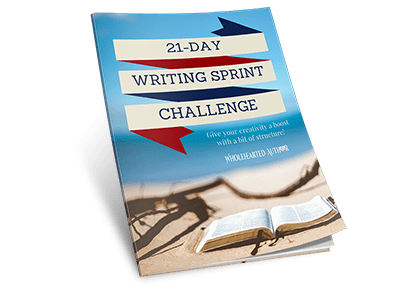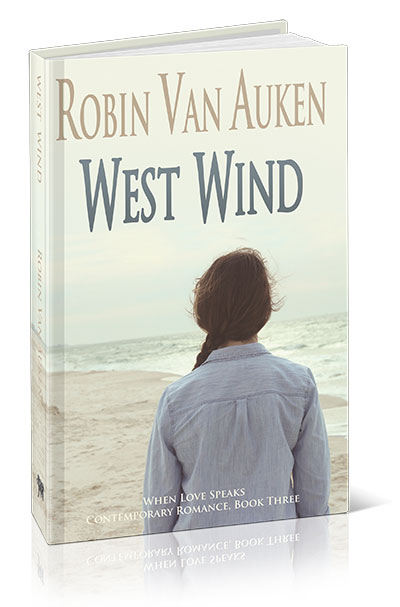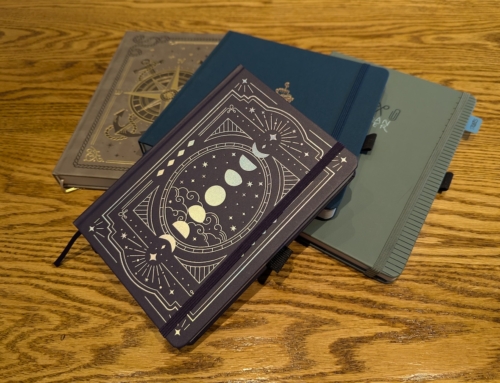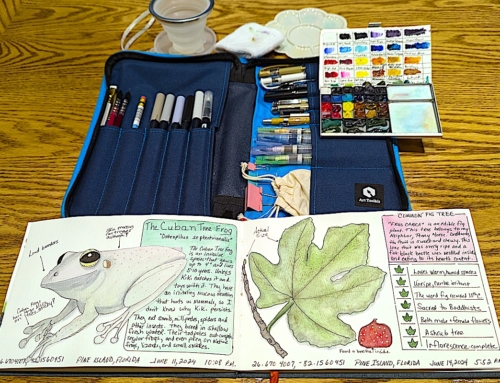If you’ve thought of small publishing houses as recent developments in the print world then you might be surprised to learn that the small publisher has been around for centuries. Some of history’s most famous authors and books have the small publisher to thank for their successes. From wall paintings in caves to the home-office printing press, the small publishing house continues to deliver some of the best stories ever told.

In ancient times, before alphabets were invented, people used signs and symbols to communicate. The earliest examples of this are red palm prints painted on a cave wall in Chauvet-Pont-d’Arc, France. Archaeologists believe these images were made during the Paleolithic period, about 30,000 years ago.
As people evolved and developed culture, many gave up hunting and gathering. Nomads settled the fertile river basins of the Tigris and Euphrates, developing agricultural systems and domesticating animals. This sedentary lifestyle led to the building of the complex society Sumer. By 4,000 BC, the people of Sumer needed a way to inventory their assets. Scribes, using a stylus to etch soft clay tablets, devised the first alphabet to use for accounting, literary works, and administrative documents. Tablets were eventually replaced with papyrus.
A market arose for the written word in Greece in 387 BC. There, students of Plato peddled transcripts of his Academy lectures, an historic form of the popular “Cliffs Notes” study guides. About 250 BC, Alexandria, Egypt, became the center of publishing in connection with the library founded by Ptolemy I, and in Rome, wealthy men used slaves as scribes.

After the introduction of Christianity, writing became a source of revenue for monasteries and a stimulus for reading for the monks. The rise of universities in Paris and Bologna inspired more sales and booksellers wandered the medieval Europe countryside marketing manuscripts to the wealthy and the cleric.
Modern publishing began with the advent of movable type when Johan Gutenberg printed the Bible in 1450. Despite his wonderful invention, Gutenberg died a ruined man. He had borrowed money from banker Johann Fust to begin his business, but when he couldn’t pay his debts, Fust confiscated the equipment and became a printer, himself. History, however, ranks Gutenberg’s innovation among the most significant in history.
William Caxton of Westminster, England (1476) was the first to introduce books in the English language. Caxton’s publications included “The Canterbury Tales” by English poet Geoffrey Chaucer.
German religious reformers Martin Luther and Philip Melanchthon of Wittenberg, Saxony used the printing press in 1517 to create their pamphlets. Their enterprise enormously influenced the public, a feat duplicated by Colonial reformers prior the American Revolution of 1776.
Publishing in America dates to 1639 in Massachusetts when Stephen Day issued the “Freeman’s Oath” followed by “Almanack”. The Cambridge Press, as it was later called, was unrivaled in the colonies until 1674. Publishing companies began in Philadelphia in 1685 and New York City in 1693. The press became indispensable in the growing protest against British rule. Printers, once regarded as artisans, discarded their neutral stance, and became unapologetically partisan.
Following the American Revolution, literacy rates climbed and, in 1793, “The Pennsylvania Evening Post” became America’s first daily newspaper. In 1800, Irish immigrant Mathew Carey of Philadelphia founded the first, modern book-publishing company in the United States. At the same time, the invention of the cylinder press revolutionized the trade making it possible to print books quickly for the mass market. Publishing in America progressed and, in 1845, paperbacks, small-sized reprints of existing books, were introduced. However, the Copyright Act of 1891 prohibited the reprinting of English titles in paperback form, and paperbacks nearly disappeared.
Another way to put books in the hands of the masses came about in 1926 when the Book-of-the-Month Club was founded; selling books at reduced prices by mail and on a subscription basis. Book publishing became lucrative and paperbacks were reintroduced.
Soon, a handful of conglomerates began to dominate book publishing, creating massive multi-media corporations that also owned newspaper chains, television, and film companies. Because of this, small publishing businesses that traditionally had been run by families have nearly vanished.
But, the more it changes, the more it stays the same. While some small publishers may be interested in acquisition, there are many others surviving and even thriving because of technological advances in both printing and communications. Through channels such as the lending and the free libraries, ebooks, print-on-demand technology, and competitive printers, small publishing companies are able to remain in business and continue to offer readers quality and diversity.
(GEMS magazine, Brodart, June 2004)
Ready for a Challenge?
Have even more fun when you accept the 21-Day Writing Sprint Challenge. This process is one I use every semester with my college students, so I know it can kickstart your creativity and introduce structure to your writing schedule. When you join my Circle of Writers & Authors, you’ll receive FREE writing resources, and you’ll sign up for my newsletter. I will not sell your information, or spam you. I will send you updates about new articles and podcasts I’ve created, and projects I’m working on. You can unsubscribe at anytime. Read my Privacy Policy here.
Wholehearted Author is for you if you are …

CATCH THE WEST WIND
Add WEST WIND to your library!
Because free writing resources from
Wholehearted Author are not enough!
If you love a good mystery, a romantic whodunit that will surprise you, then WEST WIND is a great addition to your ebook library.
West Wind is my third novel as an author of Contemporary Fiction, Suspense, Thriller, and Romance. It’s FREE too, when you join my exclusive Readers Group. Members of the Readers Group receive free novels, invitations to read advance copies, as well as illustrated character profiles and behind-the-scenes articles about Eaton and its quirky residents.
Join today and download your free book, and as a special thank you, you’ll receive a SECOND FREE BOOK tomorrow! The giving goes on and on when you become my fan.
When you join my Readers Group, you’ll receive FREE writing resources, and you’ll sign up for my newsletter. I will not sell your information, or spam you. I will send you updates about new articles and podcasts I’ve created, and projects I’m working on. You can unsubscribe at anytime. Read my Privacy Policy here.
















